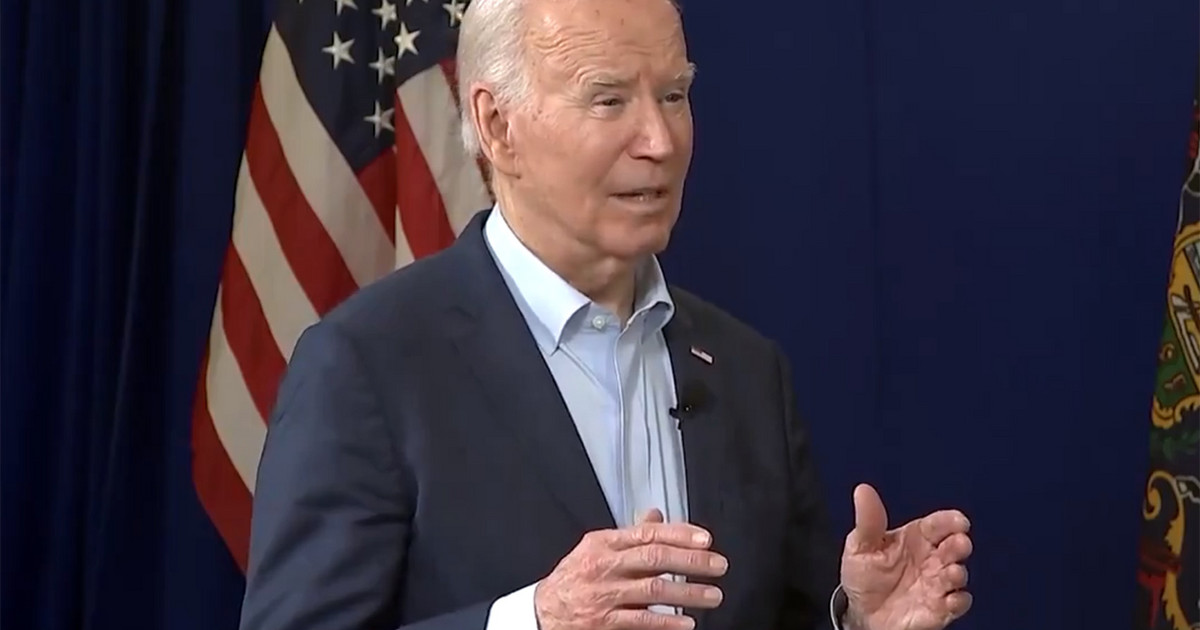It tastes like a tomato, smells like a tomato and even looks (mostly) like a tomato. There’s just one problem: it’s purple.
The United States Department of Agriculture (USDA) has approved a genetically modified purple tomato, paving the way for the unique fruit to be sold in US stores next year.
“From a plant pest risk point of view, this plant can be safely grown and used in reproduction,” the agency said in a September 7 press release.
The approval takes the purple tomato one step closer to wide distribution. In addition to its unique color, purple tomatoes also have health benefits and a longer shelf life than red tomatoes, scientists say.
The tomato was developed by a team of scientists, including British biochemist Cathie Martin, who is a professor at the University of East Anglia and a project leader at the John Innes Center in Norwich, England.
Martin has worked on producing pigments in flowers for more than 20 years, she told CNN . “I wanted to start projects where we could look and see if there were any health benefits to this particular group of pigments,” she said.
The pigments that caught Martin’s interest are anthocyanins, which give blueberries, blackberries and eggplants their rich blue-purple hues. With funding from a German consortium, she decided to design anthocyanin-rich tomatoes, hoping to “increase the antioxidant capacity” of the fruits.
By comparing normal tomatoes with modified purple tomatoes, she would be able to easily identify whether anthocyanins were linked to any specific health benefits.
To design the purple tomatoes, scientists used transcription factors from snapdragons to make the tomatoes produce more anthocyanins, creating a vibrant purple color.
Martin and his colleagues published the first results of their research in 2008 in a paper in Nature Biotechnology.
The results were “impressive,” she said. Cancer-prone mice that ate the purple tomatoes lived about 30% longer than those that ate normal tomatoes, according to the study.
Martin said there are “many explanations” for why anthocyanin-rich tomatoes may have health benefits. There are “probably several mechanisms involved,” she said.
“It’s not like a drug, where there’s a single target. It’s about them having antioxidant capacity. It can also influence the composition of the microbiome, so it is better able to handle the digestion of other nutrients.”
And in 2013, Martin and colleagues released a study that found that purple tomatoes had twice the lifespan of their red cousins.
Martin established a spin-off company, Norfolk Plant Sciences, to bring purple tomatoes to market. Nathan Pumplin, CEO of the North American trading company in Norfolk, told CNN that the purple tomato “reaches people in this very basic way”.
The distinctive purple color means “it doesn’t take imagination to see it’s different,” Pumplin said. “It really allows people to make a choice.”
FDA approval and commercialization are next steps
In the past, forays into genetically modified foods have generally focused on engineered crops that are more sustainable to produce, he added. But for consumers, the benefits of eating a genetically modified food are murky.
“It’s very abstract, hard to understand,” Pumplin said. “But a purple tomato — you choose or choose not to consume it.” The difference between the GMO (Genetically Modified Organism) product and the unmodified tomato is stark — and the potential health benefits for consumers are also clear.
Pumplin says consumers are “heating up” genetically modified foods around the world.
“We look at the issues facing our society in regards to sustainability, climate change, health linked to diet and nutrition, and what is clear in the response to our announcement is that it is a really important topic for a lot of people,” he said. he. “I am encouraged that many people are starting to rethink biotechnology in light of the important challenges.”
At the same time, “GMOs are not a silver bullet,” he said. “It’s a tool in our toolbox as plant scientists, as scientists, as agronomists, to improve the food production system.”
The next steps for the purple tomato are FDA approval and commercialization, Pumplin said. “We need to create excellent and delicious purple tomatoes. We need to work with producers to produce and distribute them.”
Norfolk will begin launching limited test markets in 2023 to identify which consumers are most interested in purple tomatoes.
As for the taste? The purple tomato is indistinguishable from the standard red tomato, Pumplin said.
“It tastes like a big tomato,” he said.
Source: CNN Brasil
I am an experienced journalist and writer with a career in the news industry. My focus is on covering Top News stories for World Stock Market, where I provide comprehensive analysis and commentary on markets around the world. I have expertise in writing both long-form articles and shorter pieces that deliver timely, relevant updates to readers.






